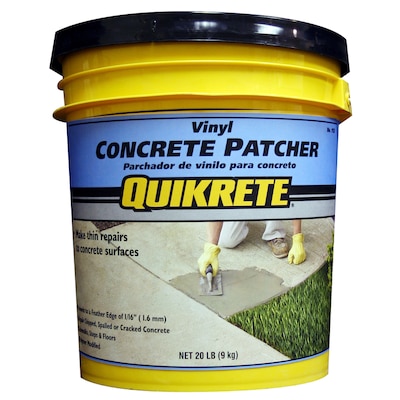All,
I received a suggestion to consider shoe-horning a sugar mill onto the Triple O, which is a logical next step, as it not only help to anchor the Triple O in time and place, but it would serve as a reason to have any of a number of other facilities - fuel for the mill, service facilities for the locomotives, loading docks for outbound bags of sugar, etc. In short, the mill would become a focus for that part of the railroad and be the reason other buildings come into being going forward. Out here, these were massive. The advantage from a modeling perspective is that they were simple, with the photos on hand basically showing huge, corrugated metal covered buildings and a towering stack. I have to review books make a site visit to the surviving structures in Waipahu before proceeding, but I wanted to ask a very basic question: how to begin?
The outward simplicity suggests a frame covered with corrugated metal. I am actually considering a PVC pipe frame, but I am not sure how I would emulate the metal sides beyond drink, cut, crimp, glue, repeat… The usual issues I have with local supply and local environmental challenges (heat, salty air, water, termites) apply, but I have to canvas the stores once the quarantine lifts, too, to see what sort of material I can readily procure locally.
To better frame the issue, below are an overhead and “primary viewing angle” of the only possible site for this structure:
There is no room to move the tracks, though the POLA shed could go away.
In theory, the outermost tracks are the mainline and passing sidings of the Triple O (our analog to the OR&L). Here, in the town of Pu’u’oma’o, plantation supplies and empty boxcars would go where Diesel Dan is currently sitting with the plantation’s snap track. The mill would sit where those two buildings are (gifts from my very talented father-in-law) and extend over the innermost track where Komaka Iki sits with his string of still-to-be-finished cane cars. This is where cane would be offloaded into the mill. An indoor transfer facility would obviate the need for internal details, which is OK with me, to include the lift to take the cane up into the mill. Clearly, there needs to be some selective compression, and I am going to have to focus on out-buildings that scream “plantation.” I am thinking mill and power plant at a minimum.
For the moment, this remains a thought project as I wait for the quarantines to lift, but I think it is a necessary, but doable feature on our railroad. It is exciting to go from “Can we get and keep trains running?” to “Why are trains running in the first place?”
Thanks for any suggestions in advance,
Eric

 .
.